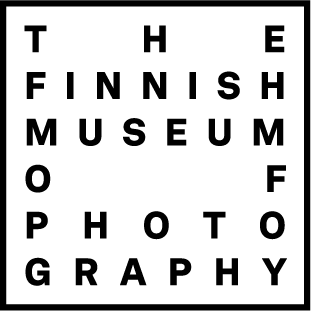The Finnish Museum of Photographys's safer space principles are:
Respect and dignity
We respect one another and our differences. We do not accept harassment or discrimination. Inalienable human rights are universal to all people.
Presumptions, generalizations, and interpretations
Non-presumptive behavior is a silent form of safer space creation. We cannot escape all assumptions about others, but we can try to become more aware of them and learn to identify our own limiting biases. We hope no one will presume the gender, sexual orientation, ability to function, ethnicity, background, or social class of any other person. We do not generalize our own experiences as iapplicable to the lived experience of others. We speak only from personal experience.
Filming, documenting, and publishing
Patrons are allowed to document and share documentation of the museum's exhibitions and artworks (no flash photography), with respect for everyone involved. Ask for permission before you photograph/film situations or people. Be clear why you are documenting the moment and where you will publish the material. The Finnish Museum of Photography always asks for explicit permission before documenting or publishing visual material that includes our patrons. We adhere to good standards and practices in public filming. We will also publically announce when any given situation does not involve any live documentation, where applicable.
Use of space and involvement
You are responsible for the space and the role that you inhabit. Be aware, be present, and listen. Give space to others and take others into consideration. Let's together create time for the involvement of everyone. Ask others along and let them take part. There are myriad forms of involvement, and it can be or look like anything at all. You may participate in any way you choose. The museum is as transparent as possible about the rules for safe spaces at the beginning of any communal event.
Discussion and language
Each visitor takes part in a conversation from their own standpoint. Let's try to use generally understandable and approachable language, and to communicate multilingually if necessary.
Self-assessment, disagreements, and inappropriate behavior
The Finnish Museum of Photography is a space for learning, where everyone is free to engage, hesitate, and ask questions. Learning can sometimes prompt complicated emotions. If you find yourself feeling overwhelmed, take a break and take a deep breath. Critically observe your own behavior and change it as needed. We can and are allowed to disagree respectfully with one another. Inappropriate behavior will always be dealt with immediately, and will not be tolerated.
Responsibility and feedback
The Finnish Museum of Photogrpahy employs an on-duty usher or other staff member in its public spaces, to whom patrons may report problems or concerns. If the named person responsible is not present, you may inform the info desk or any museum employee, who will assist you and relay the information.
You can also contact us by email or on our social media channels.
DEFINITIONS, FURTHER INFORMATION, AND SOURCES
What is discrimination?
Discrimination refers to the unfair or prejudiced treatment of any group of people or individual person based on one or more of the following attributes:
- gender
- trans or non-binary gender expression
- cultural or ethnic background
- religion or other faith
- ability
- sexual orientation
- age
- nationality
- origin
- language
- appearance
- class or socioeconomic background
Discrimination can be direct or indirect, active or passive. Insufficient accessibility, harassment, sexual harassment, and inciting to discriminatory acts are all forms of discrimination.
What is harassment and inappropriate behavior?
Examples of harassment and other inappropriate conduct include aggressive pressuring, threats, bullying, isolating, and intimidating of others. Sexual harassment may refer to behaviors such as unwanted and inappropriate comments of a sexual nature, or physically approaching a person in an inappropriate way in a social setting.
We would like to thank Vantaa Art Museum Artsi, Oodi Helsinki Central Library, Ruskeat tytöt media, and the #StopHatredNow platform, whose principles have helped us discuss and form our own principles.
